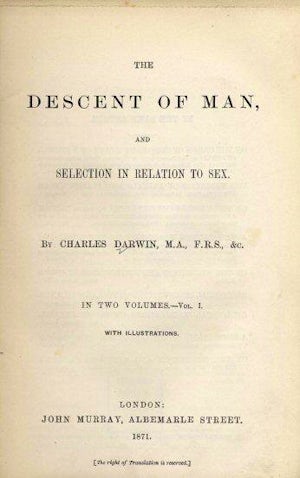July 14, 1933. The German Reich (Nazi) government passes "Law for the Prevention of Offspring with Hereditary Diseases". The purpose of this legislation is the forced sterilization of those deemed to have a "hereditary disease". The legislation outlines candidate subjects for sterilization, the application process, and who was responsible for carrying out sterilizations.
Candidates for sterilization included any individual living in the German state deemed to have a hereditary disease. Sterilizations could take place if, in the opinion of a medical expert, there was a high probability of an individual having a child with a "serious physical or mental defects of a hereditary nature" (Law for the Prevention of Offspring with Hereditary Diseases , Sec. 1). More specifically, the legislation lists the following "diseases" as hereditary: congenital mental deficiency, schizophrenia, manic-depression, hereditary, epilepsy, hereditary St. Vitus’ Dance (Huntington’s Chorea), hereditary blindness, hereditary deafness, serious hereditary physical deformity, and chronic alcoholism (Law for the Prevention of Offspring with Hereditary Diseases , Sec.1).
Sterilizations could be recommended or requested by any state physician or the heads of state institutions dealing with the relevant individuals; in addition to requests by individuals themselves (Law for the Prevention of Offspring with Hereditary Diseases, Sec.2).
In terms of process, candidates requesting or recommended for sterilization were processed by a "Higher Hereditary Court", which consisted of a judge, state physician, and a state appointed physician trained in eugenics. This Hereditary Court was responsible for both making decisions about sterilizations, through a review and examination process, and seeing through decisions, forcibly if necessary, which included going against an individual's will.
The legislation includes an appeals process for sterilization candidates. An individual wishing to protest their sterilization could petition the Hereditary Court for a review; although at best the result of this was a delaying effect, as the court could always uphold its decision despite of protest. The implication is that sterilization were largely compulsory (Law for the Prevention of Offspring with Hereditary Diseases, Sec. 4-12).
In terms of impact, it is estimated that between 60 000 to 375 000 people were sterilized between 1933 and 1939. Of these operations, around 37% were voluntary, and 39% were involuntary (i.e., against an individual's will), and 24% were non-voluntary (consent was granted by a guardian for persons who could not choose or refuse sterilization) (Weindling, 1989). It has been suggested that beyond those listed in the legislation Jewish people and Gypsies were targeted by this legislation (Slater, 1936).
There is scholarly debate over the similarities and differences between Nazi sterilization and the North America programs (Sofair & Kaldjian, 2000). In more legislative terms, this legislation bears notable similarities to the standard legislation in the United States and Canada of the time. It details both conditions for sterilization, responsibilities for application, and mechanisms for appeals. There is little that distinguishes it from other sterilization material in the eugenics movement.
-Luke Kersten
Nuremberg and GHI staff. (1946). English translation: Law for the Prevention of Offspring with Hereditary Diseases (1933, July 14). US Chief Counsel for the Prosecution of Axis Criminality, Nazi Conspiracy, and Agression, 5. Washington D.C.: United States Government Printing Office. Retrieved from: http://germanhistorydocs.ghi-dc.org/pdf/eng/English30.pdf
Weindling P. (1989). Health, Race, of German Politics between National Unification and Nazism, 1870-1945. Cambridge, UK: Cambridge University Press. Retrieved from http://annals.org/article.aspx?articleid=1309490
Slater E. (1936). German eugenics in practice. Eugenics Review, 27, 285-295.
Sofair, A., & Kaldjian, L. (2000) Eugenic Sterilization and a Qualified Nazi Analogy: The United States and Germany, 1930-1945. Annals of Internal Medicine, 132(4), 312-319. Retrieved from: http://annals.org/article.aspx?articleid=1309490#r53-10
 1869:
Galton publishes Hereditary Genius
1869:
Galton publishes Hereditary Genius
 1871:
Charles Darwin publishes The Descent of Man
1871:
Charles Darwin publishes The Descent of Man